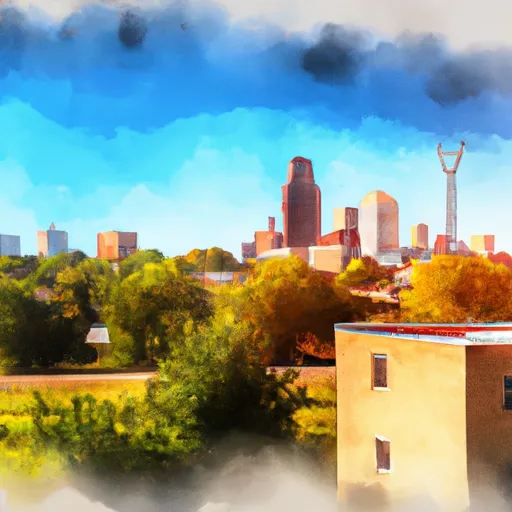°F
°F
mph
Windspeed
%
Humidity











Prairie-Home, Missouri is a small town located in Cooper County in the central part of the state. The town experiences a humid subtropical climate, characterized by hot, humid summers and cold winters. Summers are typically warm with temperatures averaging in the 80s°F (26-32°C), while winters tend to be cold with temperatures averaging in the 30s°F (-1 to 4°C). The area receives an average annual precipitation of around 40 inches (1,000 mm), with rainfall occurring evenly throughout the year.
In terms of hydrology constituents, Prairie-Home is not situated near any major rivers or bodies of water. The town relies mainly on groundwater sources for its water supply. With its relatively flat topography, the area does not have many lakes or streams for water-based activities.
However, outdoor recreation enthusiasts can enjoy the picturesque countryside surrounding Prairie-Home. The town is surrounded by lush green prairies and rolling hills, offering opportunities for hiking, camping, and bird-watching. Additionally, there are several nearby state parks, such as Finger Lakes State Park and Katy Trail State Park, where visitors can engage in activities like fishing, boating, and cycling.
Weather Forecast
Prairie-Home receives approximately 1051mm of rain per year, with humidity levels near 83% and air temperatures averaging around 13°C. Prairie-Home has a plant hardyness factor of 6, meaning plants and agriculture in this region thrive during a short period during spring and early summer. Most plants will die off during the colder winter months.
Regional Streamflow Levels
1
Cubic Feet Per Second
10
Cubic Feet Per Second
66
Cubic Feet Per Second
32
Cubic Feet Per Second
Nearby Camping
| Camping Area | Reservations | Toilets | Showers |
|---|---|---|---|
| Buffalo Point - Buffalo National River | |||
| Lake Sylvia | |||
| Cherokee | |||
| Toad Suck Ferry | |||
| Sequoya Park | |||
| Maumelle |



